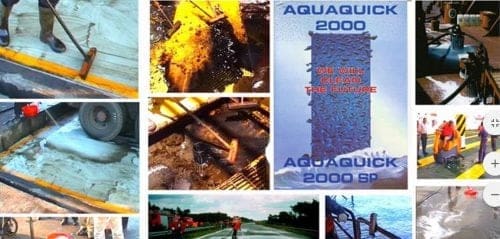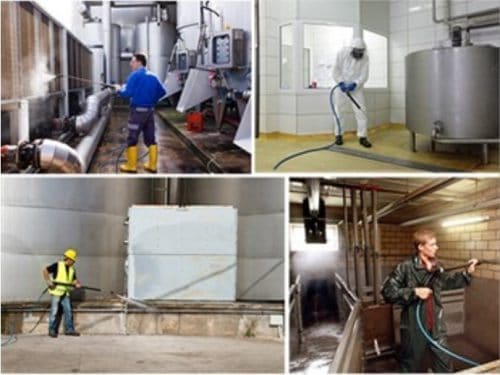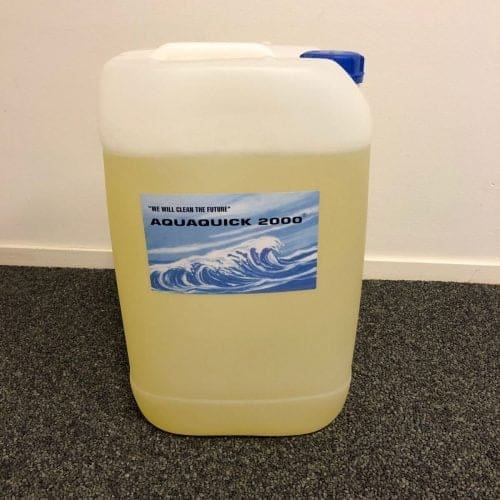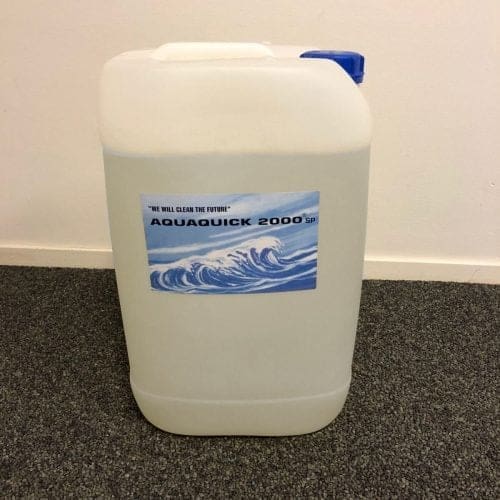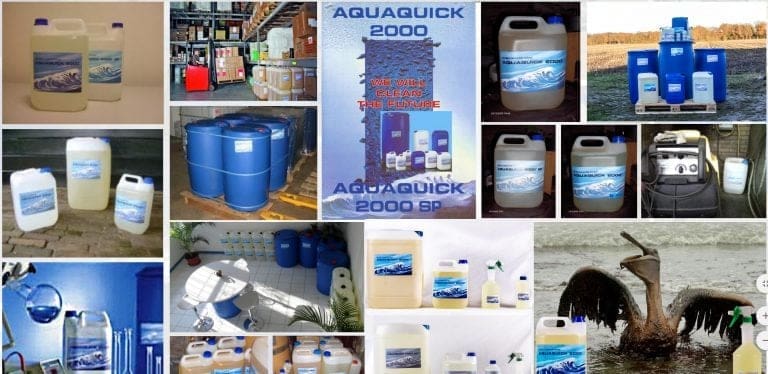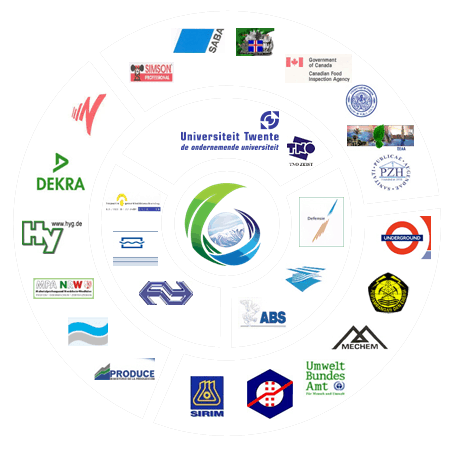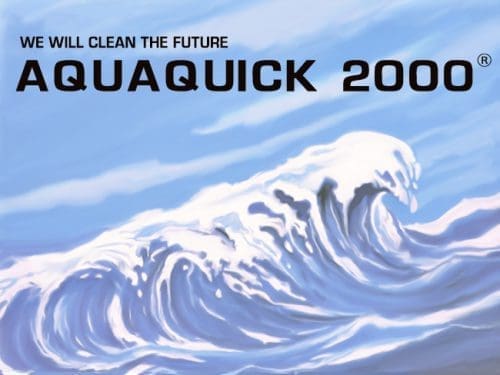Fuel tanks are essential components in many industries, ranging from transportation to energy production. Over time, however, these tanks accumulate sludge, dirt, and contaminants, which can severely impact the efficiency of the system and cause costly repairs. Regular sludge removal from fuel tank is crucial to maintaining the tank’s integrity, improving fuel quality, and preventing unnecessary downtime.
What is Sludge in Fuel Tanks?
Sludge in fuel tanks consists of a mixture of dirt, water, fuel additives, rust, and biological contaminants. This buildup occurs when impurities from the fuel or environment enter the tank and settle over time. The sludge can clog fuel lines, damage fuel pumps, and even affect engine performance if left unchecked.
Why is Sludge Removal Important?
常规 sludge removal from fuel tank is essential for several reasons:
- 防止腐蚀: Sludge can cause corrosion of the tank’s interior, leading to rust and deterioration of the metal surfaces.
- 提高燃油效率: By removing sludge, you reduce the chances of fuel contamination, which can negatively impact engine performance.
- Increases Tank Lifespan: Sludge buildup can cause damage to your fuel tank, making it less efficient and shortening its operational life.
- Protects Equipment: Sludge in the fuel system can clog filters and injectors, leading to expensive repairs and replacements.
Methods of Sludge Removal from 油箱
Several methods are commonly used for sludge removal from fuel tank, each varying based on the severity of the contamination and the tank’s size.
1. 手动清洁
For smaller tanks or accessible areas, manual cleaning might be necessary. This process involves draining the tank, physically removing the sludge, and scrubbing the tank’s interior with brushes. While effective, it is labor-intensive and can pose safety risks due to exposure to hazardous fuel vapors.
2. 高压清洗
High-pressure cleaning uses water or specialized solvents under high pressure to remove sludge and other contaminants from the tank. This method is faster and more efficient than manual cleaning, but it requires careful monitoring to prevent damage to the tank’s interior.
3. Using a Cleaning Solution
To dissolve sludge and contaminants, a cleaning solution like AQUAQUICK 2000 can be introduced into the tank. AQUAQUICK 2000 works by using heat and pressure to break down the sludge, making it easier to remove. It can be used with a high-pressure jet or manually, depending on the tank’s size and the extent of the sludge buildup.
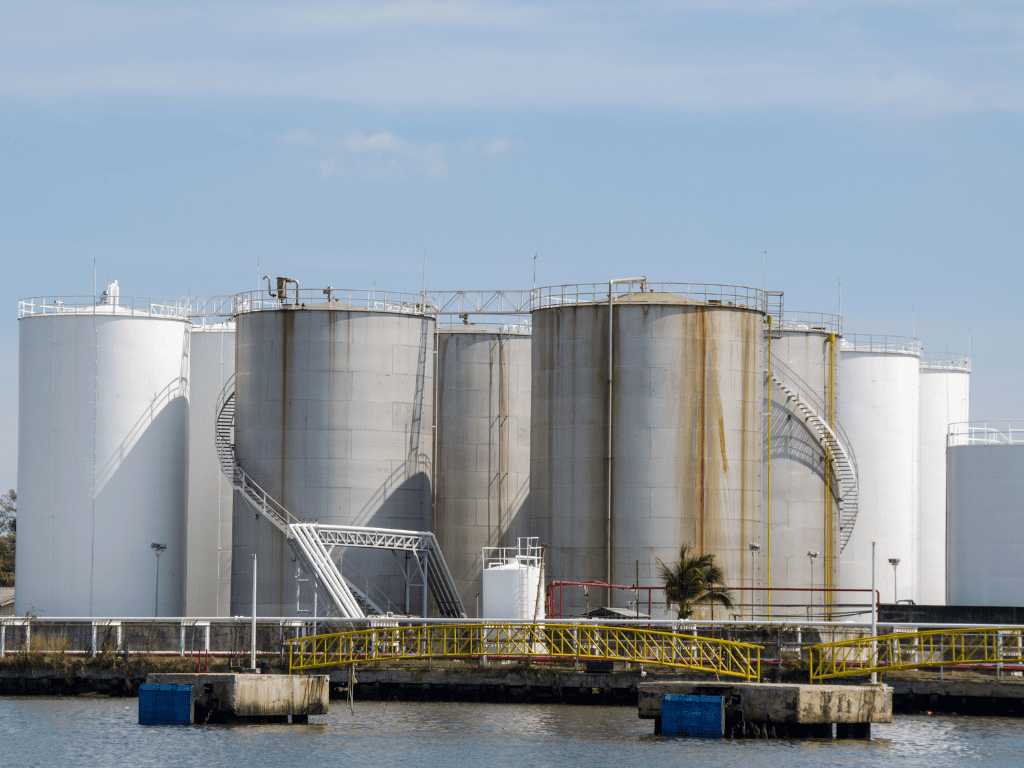
AQUAQUICK 2000: The Perfect Solution for Sludge Removal
AQUAQUICK 2000 is a highly effective cleaner designed to assist in sludge removal from fuel tank. This product uses advanced technology to break down tough sludge and contaminants using heat, pressure, and its unique buterworth system. AQUAQUICK 2000 is ideal for removing even the thickest, most stubborn sludge in a safe and efficient manner.
When used with a high-pressure jet, AQUAQUICK 2000 breaks down the sludge into a liquid form, which can then be easily flushed out. This method ensures that the tank remains in excellent condition without causing any damage to the tank’s coating, paint, or metal components. The cleaner is also environmentally friendly, making it a safe option for both workers and the environment.
AQUAQUICK 2000 如何工作
AQUAQUICK 2000's buterworth system evenly distributes the cleaning solution inside the tank, allowing it to penetrate and break down sludge efficiently. Its ability to work at temperatures and pressures as high as 3500 PSI ensures that even the most challenging contaminants are eliminated without harming the tank’s surface. Its formula is non-corrosive, meaning it will not damage the coating or metal parts of the tank, making it safe for prolonged use.
结论
Sludge removal from fuel tank is a crucial maintenance task that helps prevent tank corrosion, improves fuel efficiency, and extends the lifespan of the tank and associated equipment. With AQUAQUICK 2000, the process becomes easier and more efficient, ensuring that your fuel tanks stay clean, operational, and safe. Whether you’re managing a small fuel storage tank or a large industrial system, AQUAQUICK 2000 is the perfect solution for keeping your tanks free of sludge and contaminants.

